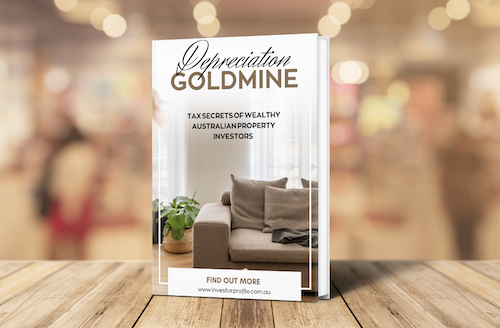Australia's Emerging Apartment Landscape: Insights for 2023-2025
In recent years, Australia's housing scene has undergone notable transformations, particularly when comparing the trajectories of house and apartment prices. This article delves into emerging trends in the new apartment sector from 2023 through 2025.
Growing Disparity Between House and Apartment Prices
From March 2020 to January 2024, the price differential in capital cities swelled by 45%, which translates to a gap approaching $294,000. During this same period, house prices jumped by roughly 33.9% (an increase of about $239,000), while apartment values saw a modest rise of 11.2% (around $65,235).
Key Drivers Behind the Divergent Trends
- Land Value Appreciation: The increasing scarcity of land has propelled house prices upward significantly more than apartments.
- Demand for Larger Spaces: Lifestyle adjustments following the pandemic have fostered a shift toward seeking more spacious accommodations, thereby benefiting houses.
- Supply Limitations: With a constrained supply of freestanding homes, competitive pressures have further driven up house prices.
Opportunities and Challenges in New Apartment Projects
The milder appreciation in apartment values presents a mixed scenario for developers and investors. On one hand, apartments offer a more affordable entry point for first-time buyers in high-priced markets. On the other, their cost-effectiveness is likely to attract investors looking to benefit from stable rental yields in urban settings.
Conclusion
Looking ahead to 2025, the new apartment segment in Australia is set against the backdrop of a widening gap in pricing compared to houses. Factors such as land value increments, evolving lifestyle preferences, and market supply challenges are influencing this shift. For stakeholders, gaining a nuanced understanding of these factors will be essential for making strategic investment decisions in an ever-evolving property market.
Sources: ABC News, CoreLogic

Discover the #1 tax secret wealthy Australian property investors use to grow their portfolios faster — even in a high interest rate environment.
- Learn how to turn wear and tear into wealth
- See real examples of $15,000+ first-year deductions
- Understand how to structure your purchases for maximum after-tax ROI
Download Your Free Wealth Building Guide
This ebook reveals how to legally slash your tax bill while building long-term wealth through property. Learn the strategies savvy investors use to gain an edge — even before settlement.
- Maximise tax deductions and improve cash flow
- Understand Division 40 vs 43 and how to claim both
- Position yourself to reinvest and scale faster


